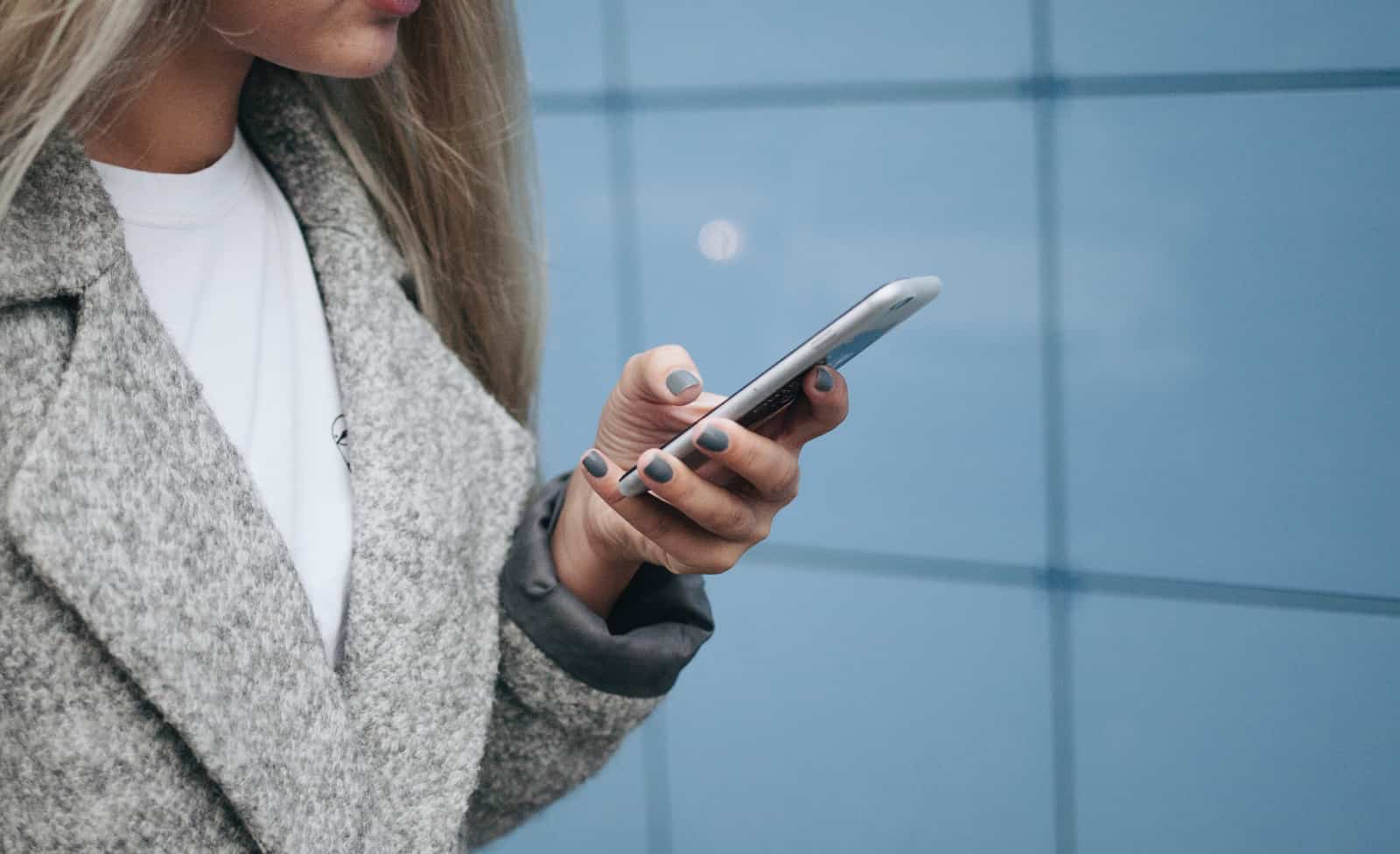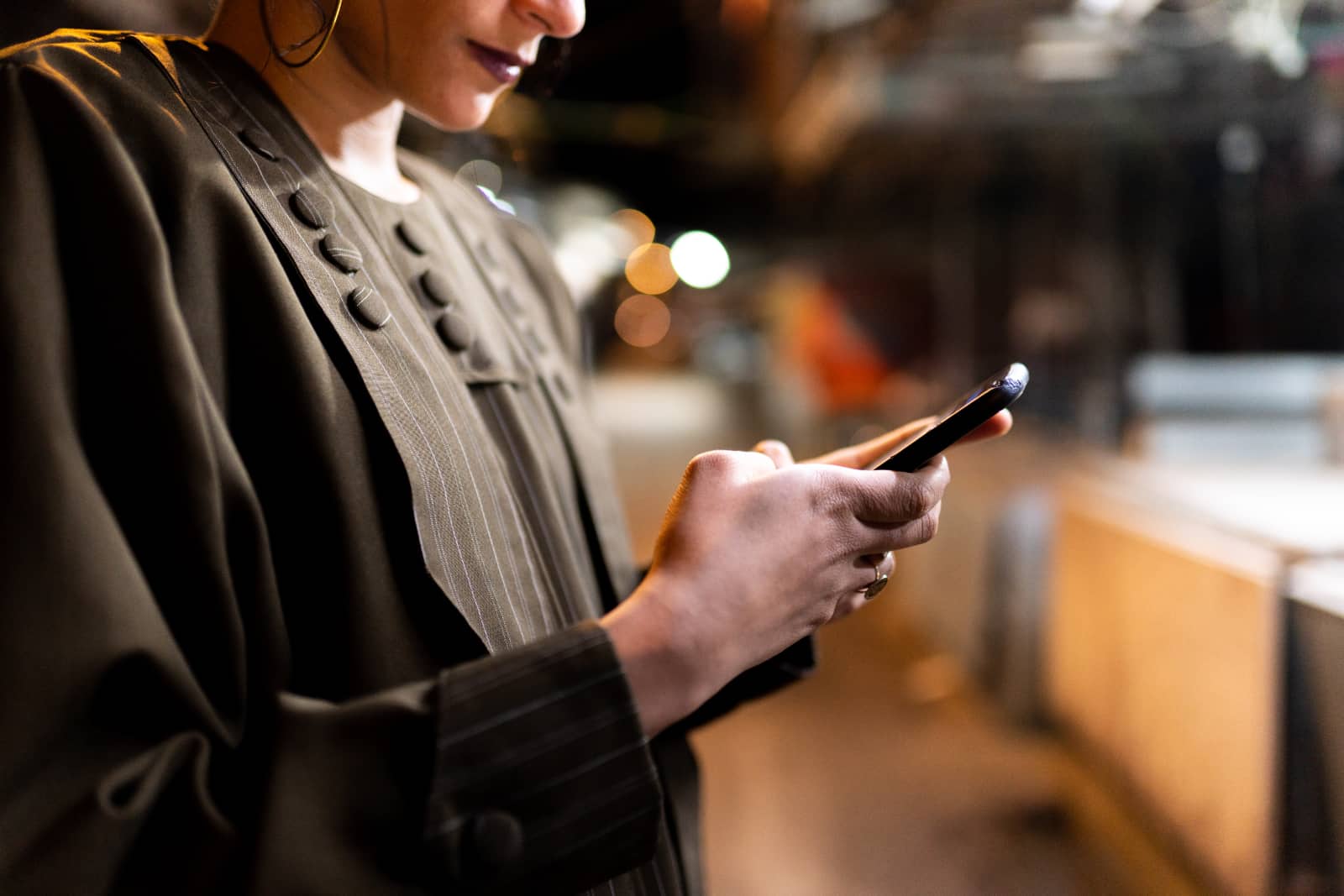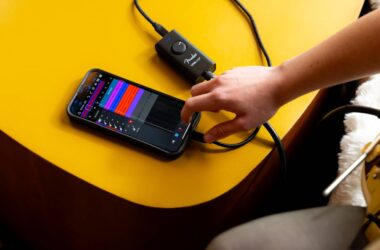Everyone loves something for free, but not everything branded as “free” on an app store is necessary actually going to leave your wallet happier.
The idea of “free” is something that makes many people swoon: a nice change from the typical knowledge of everything costing money, free is supposed to represent the exact opposite. But while the word signifies that you won’t have to pay a cent, a recent style of app is forcing the wallet open of some, even if the tag says otherwise.
It’s an alert coming from Avast security, which has been looking into some of the some of these apps on the various app stores across iPhone, iPad, and Android, finding plenty of “free trial” applications that arrive with a few days of use, but then a recurring subscription fee that may still be active even if the user deletes the app before the trial ends.
When that happens, you might be charged a small fortune for use of an app that you haven’t really cared about, with some hitting as much a $66 per week for the privilege.
It’s why the category has become known as “fleeceware”, with fleeceware apps appearing free at first, but coming with a catch that pays the app maker big time after that trial is over.
The cost of these apps can add up, with Avast suggesting as much as $3432 in unnecessary subscription costs for a victim of fleeceware, all without realising it’s happening.
“The fleeceware applications we’ve discovered consist predominantly of musical instrument apps, palm readers, image editors, camera filters, fortune tellers, QR code and PDF readers, and ‘slime simulators’,” said Jakub Vávra, Threat Analyst at Avast.
“While the applications generally fulfil their intended purpose, it is unlikely that a user would knowingly want to pay such a significant recurring fee for these applications, especially when there are cheaper or even free alternatives on the market,” he said.
It means that when you go looking for an app, you might want to be on the lookout for some advertising a free trial of less than a week. Anything suggesting two or three days is often an indication that you’re going to get charged shortly after, and you might want to read the fine print before downloading. Looking through the app’s description to quickly study the terms and conditions, as well as checking what the in-app purchase costs will look like is a way to help gauge that.
Another is to check the subscriptions you have, making sure you’re subscribed to what you want.

On iOS for the iPhone and the iPad, subscriptions can be found under settings and your Apple ID, which is the first option in settings under your name, with the words “Apple ID, iCloud, Media & Purchases” written under it. Over on Android, you’ll find the subscriptions in the Google Play Store menu, with an option reading “Subscriptions”.
It’s in here you’ll find out if any subscriptions are being run through either app store, and charging up money to apps you don’t really want in your life.






